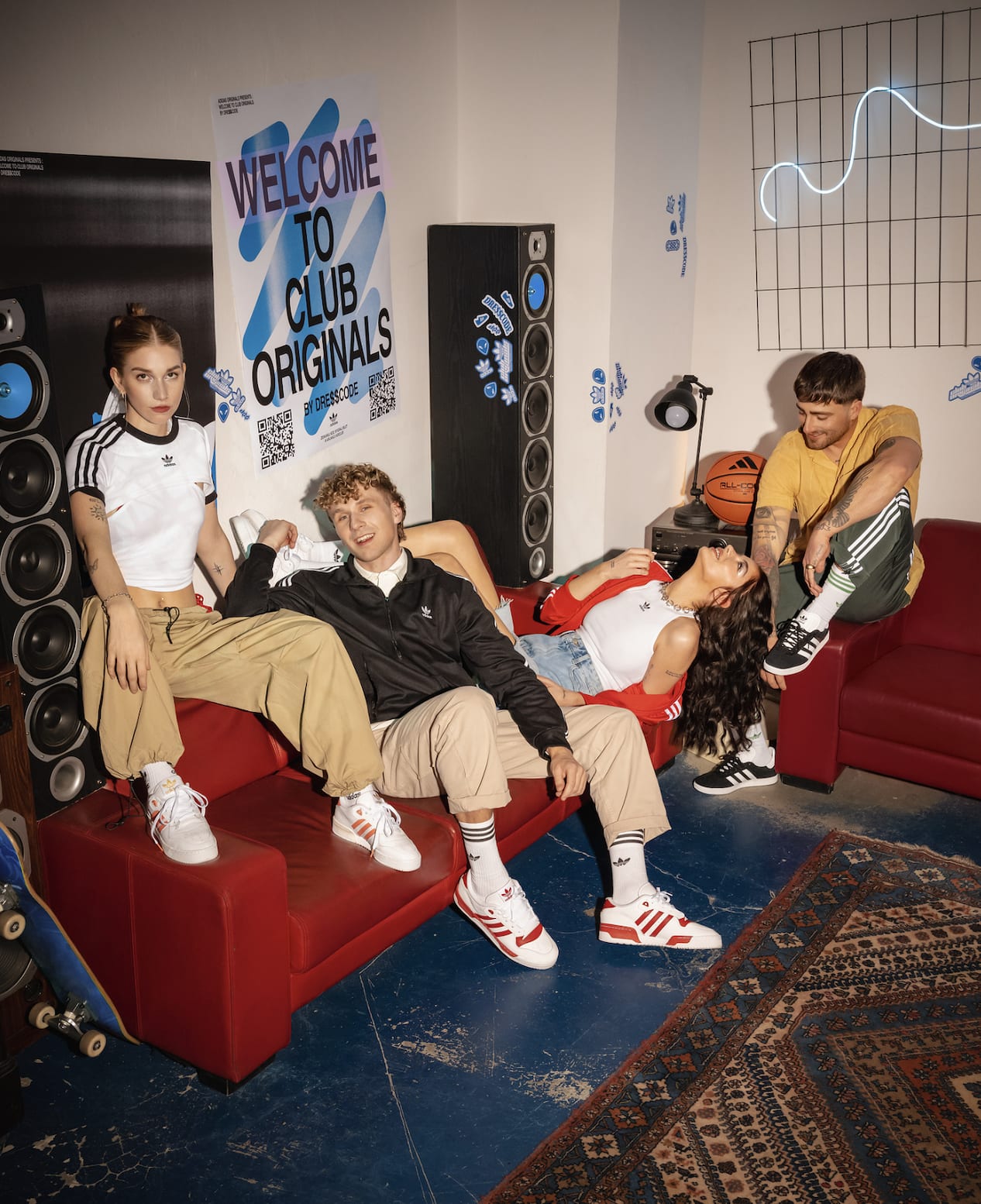Trends
The Rise of VUI
Jonathan Engstrom
17/11/17

We are living among a robot uprising. Granted, it’s not quite as predicted by iRobot or Westworld, but virtual assistants like Siri and Alexa are changing the way we think about user experience. VUI has been coming for a while, and now it’s here to stay.
What is VUI?
Simply put, a Voice User Interface (VUI) allows a person to control a computer with their voice. While it many not be a daily tool for many of us, we are all (in part at least) aware of them. Each of the major phone operating systems have ran their own for years; Apple has Siri, Microsoft has Cortana and Google has the ever so creatively named Google assistant.
This is by no means new technology (Siri’s first appearance for Apple was in 2011). Traditionally, these VUI assistants have been used alongside the GUI (Graphical User Interface); the user asks a simple question vocally and received a visual response in return. As this technology matures, we are seeing a swing in the usage of these assistants, with home-connected devices such as Amazon Echo (Alexa) returning answers to all our questions without the need for a screen at all. There’s more to come too, with BMW recently announcing that all it’s 2018 cars will ship with Alexa.
It’s not them, it’s us.
So why are we seeing such a growth in this technology now? Leaving aside the obvious answers about improving internet speeds, processing power and microphone quality (that’s a whole other post in itself), the way a computer works hasn’t changed. It’s us, the operators that are changing. For years we have expected more and more from our phones, computers and websites.
We expect to do more, with less effort and Siri and her band of voice assistants are making that happen. Make something convenient enough and we’ll soon forget that the world’s biggest tech companies are listening in to our every conversation, just so they can tell us the forecast next time we’re wondering whether to pack an umbrella.
VUI isn’t the only arena where we’re seeing this change either. Password managers, and the browsers which fill these details automatically into our login forms open our entire online lives up to anyone using that device, yet we continue to use them. Who has time to remember 100 different passwords to 100 different websites any more?
Introducing NUI
The ongoing success of these AI assistants isn’t based directly in VUI technology, but in it’s strengths as a NUI (Natural User Interface). The concept of an NUI allows us to interact with a machine in a way that is so seamless it’s almost invisible. For laptops, tablets and phones this has been just that; a concept. An unachievable goal that UX designers strive towards, knowing full well that perfection is impossible.
When it comes to naturally controlling a machine, voice has the screen beat in an instant. We’ve become so used to interpreting our thoughts into a series of actions, but with voice we just say our thoughts and let technology translate them into action.
What does this mean for design?
It’s easy to associate design with all things visual, however the real art of digital design is in improving an experience. Whether that’s making a product easier to use, a store simpler to shop in or a website easier to navigate. First and foremost, when faced with a problem, it is our responsibility to approach VUI technology like any other and consider it another tool in our belt.
There’s a lot to learn from VUI that can be applied to digital design. As UX designers, we must take every opportunity to achieve that unachievable Natural User Interface. How can we second-guess our users and continue to deliver ever simpler, ever more invisible interfaces? How can we make performing a task on screen feel like an extension of our users thoughts? There’s no definitive answer, but I love a challenge.


